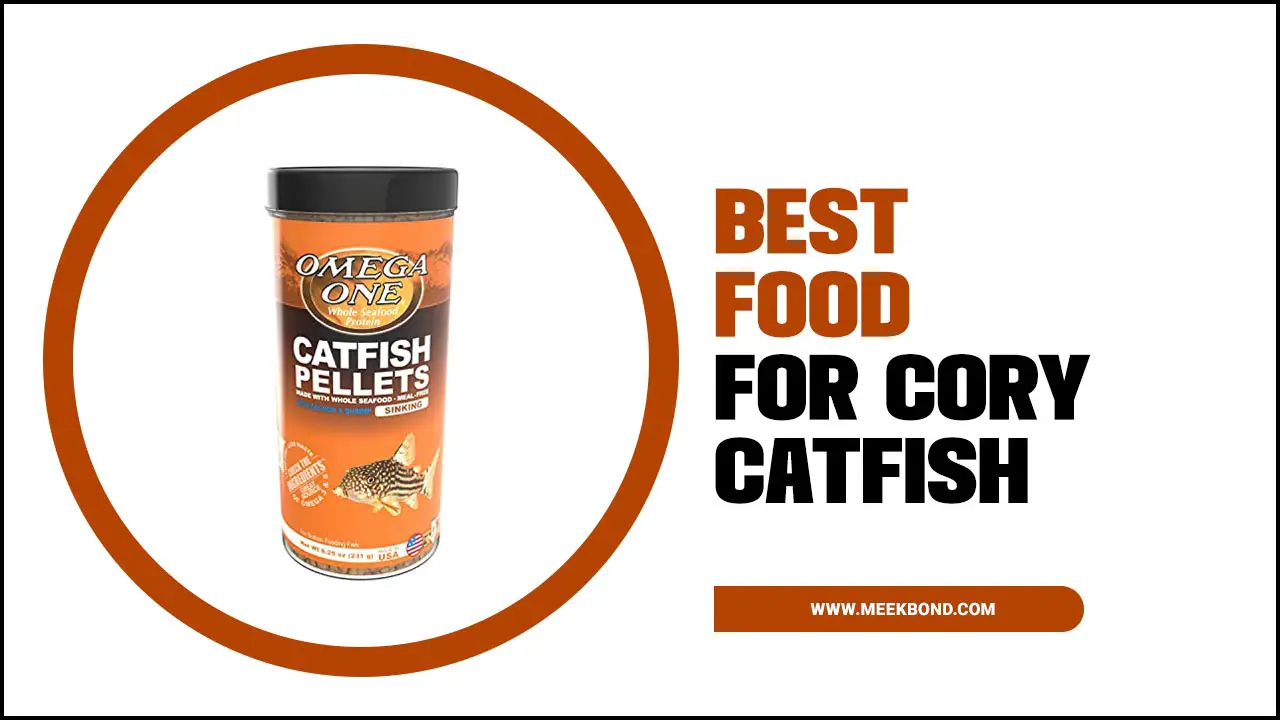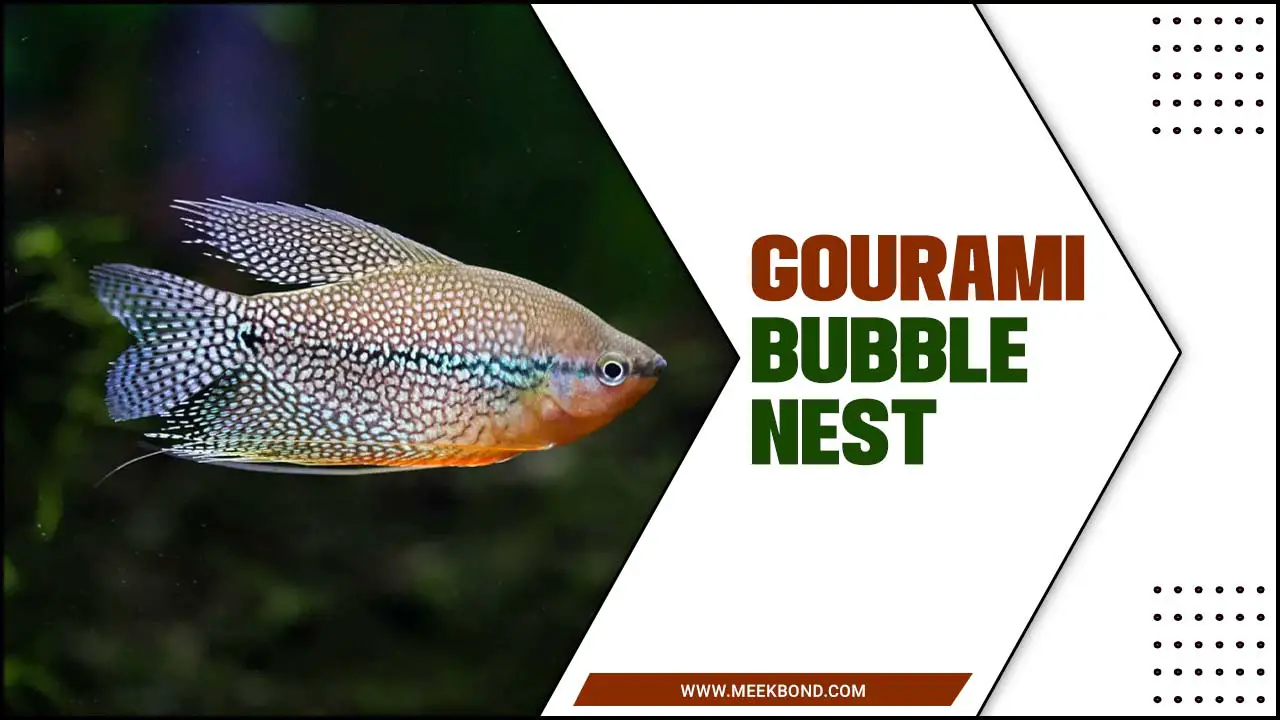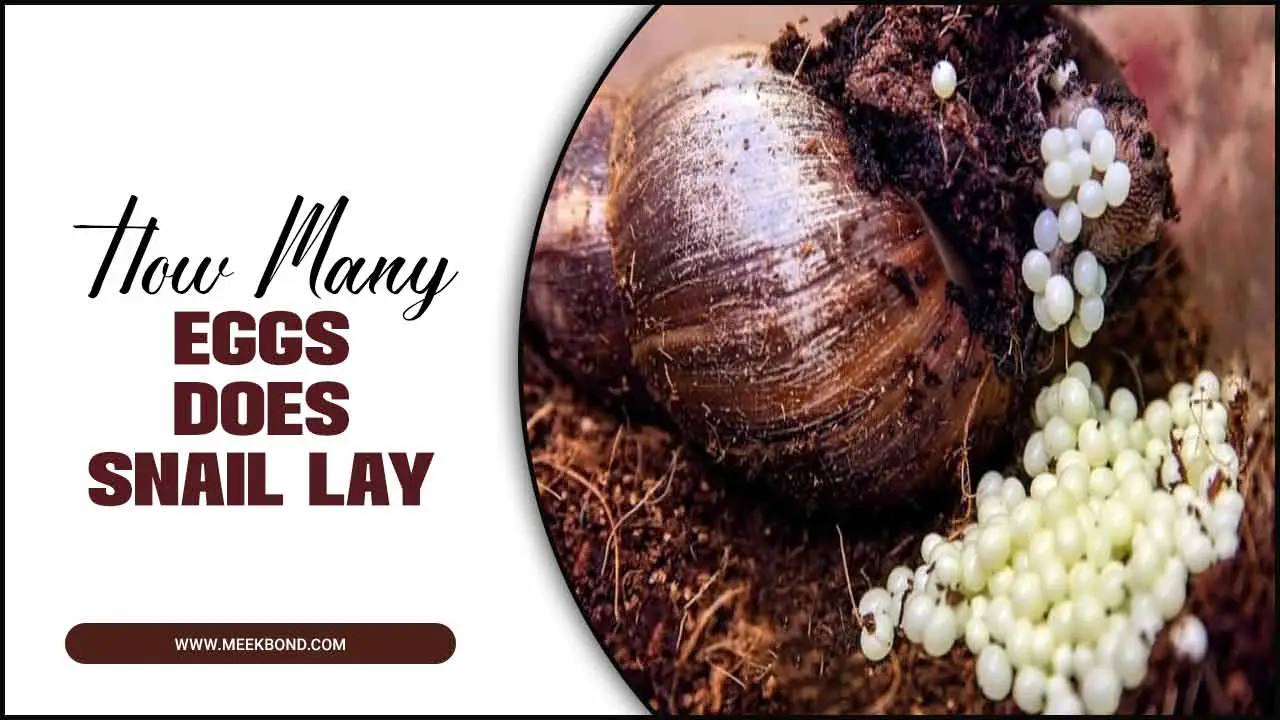Floating-plant corrals are ingenious solut floating plant corralions for managing and containing aquatic plants in bodies of water. These innovative structures are designed to create a designated area where floating plants can grow and flourish, preventing them from spreading uncontrollably and disrupting the ecosystem’s natural balance.
We’ll explain what a floating plant corral is and how it works, the benefits of using one in your aquarium, tips for choosing the right plants, maintaining it properly, and how to troubleshoot common issues that may arise. Read on to discover how to take your aquarium’s health to the next level with these innovative structures.
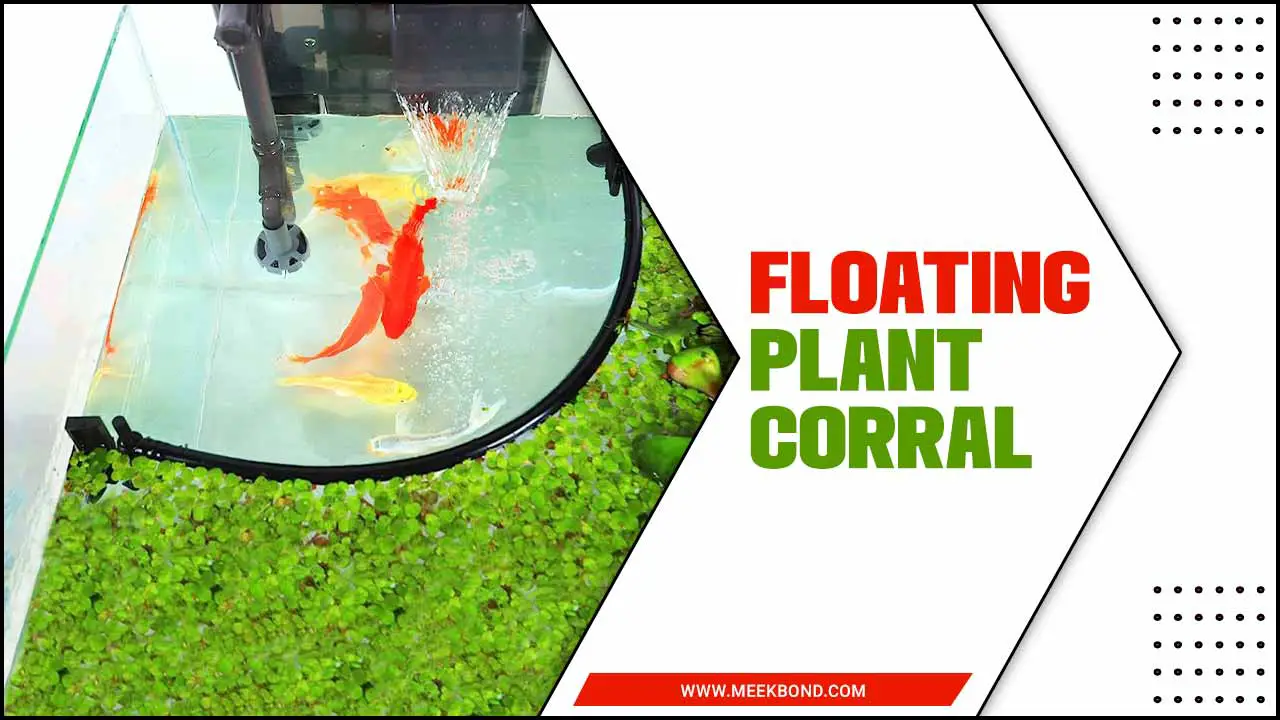
What Is A Floating-Plant Corral And How Does It Work?
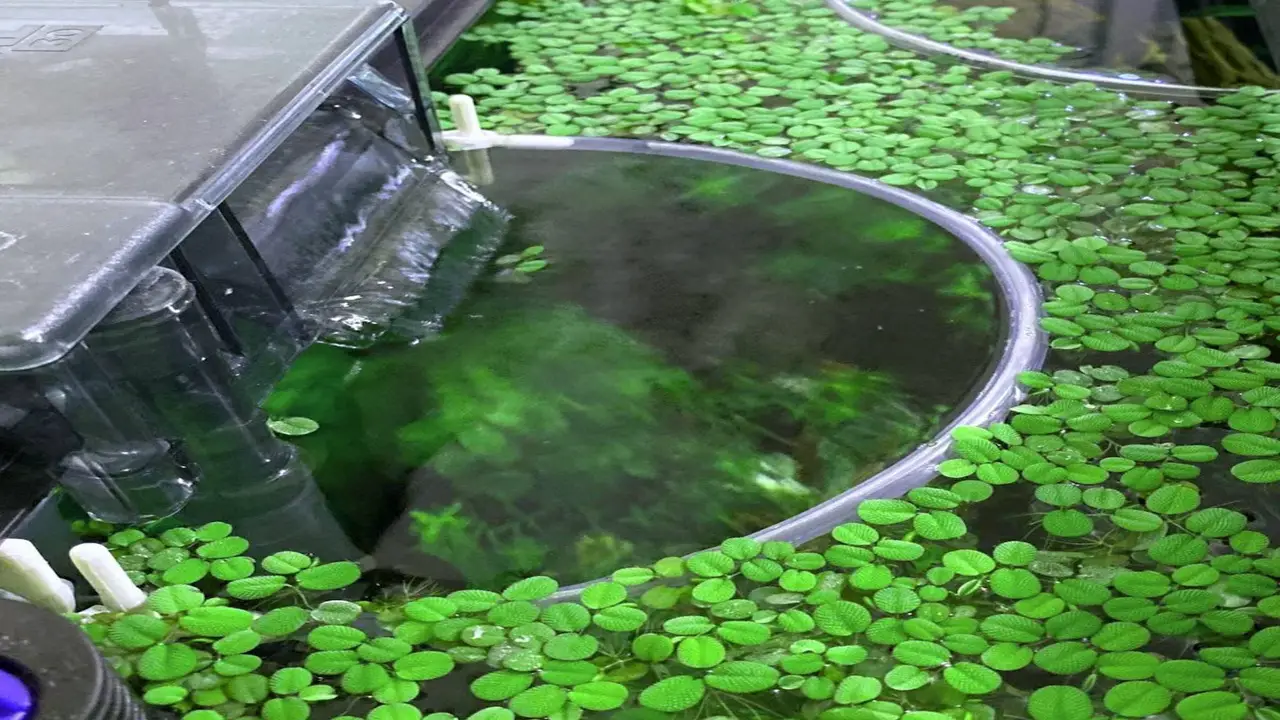
Aquarium enthusiasts often face the challenge of containing floating plants in their tanks. This is where a floating-plant corral can come in handy. The device, made up of a clear plastic frame with mesh netting, holds the floating plants in place and prevents them from obstructing light or clogging filters.
It also helps to prevent tangling with other plants, which can harm their growth. Overall, a floating-plant corral is an effective tool for maintaining the health and beauty of your aquarium’s aquatic flora.
Discussion On- How Floating Plant Corrals Can Improve Your Aquarium
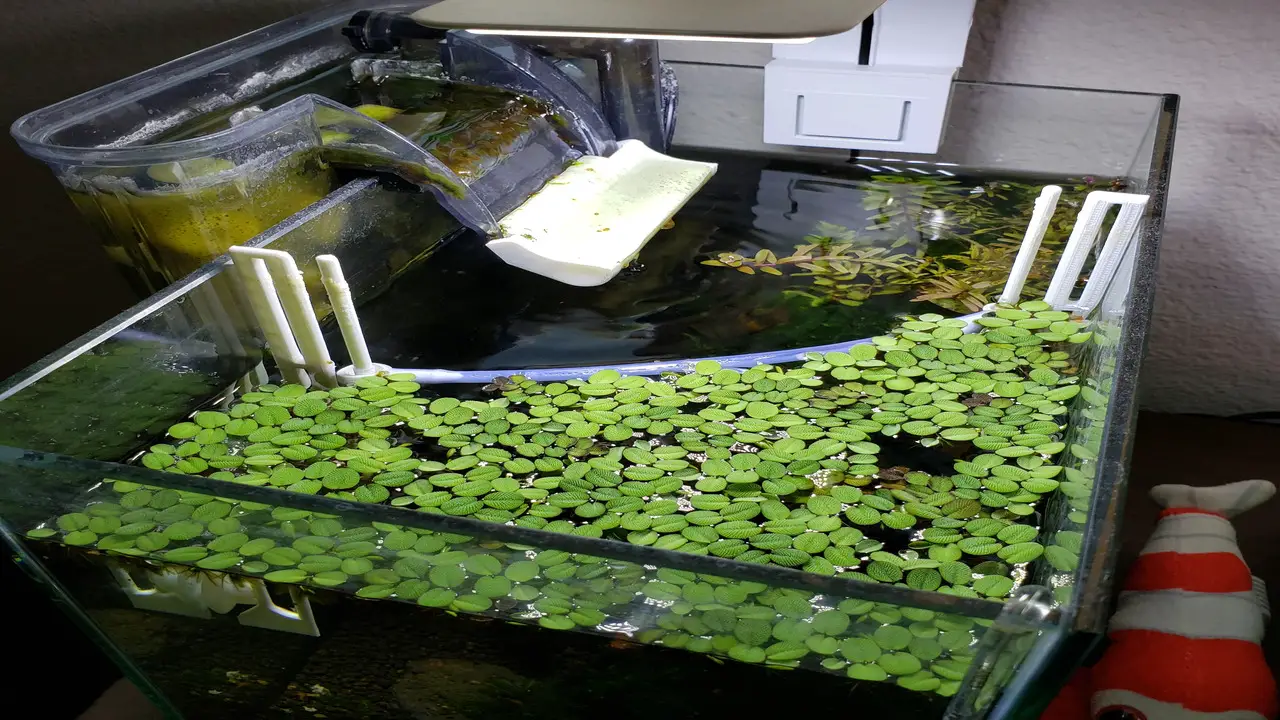
Floating-plant corrals offer multiple benefits for your aquarium. They help improve water quality by absorbing excess nutrients and providing oxygenation. Not only do they create a natural and aesthetically pleasing environment, but they also serve as hiding places and shelter for your fish and invertebrates.
Floating-plant corrals can even be a food source for herbivorous species. Additionally, they help reduce algae growth, maintaining a healthy ecosystem. Incorporating floating- plant corrals into your aquarium can greatly enhance its health and appearance.
Using A Floating-Plant Corral In Your Aquarium
Floating-plant corrals are a natural and visually pleasing addition to aquariums. Their practical design adds aesthetic appeal and provides several benefits for the aquatic environment. These plant corrals can reduce stress and aggression among fish by offering shade and shelter.
They also help maintain water quality by absorbing excess nutrients and reducing algae growth. Moreover, floating-plant corrals are easy to maintain. They can be trimmed or replaced as needed, making them a convenient option for any aquarium enthusiast looking to improve their aquatic ecosystem.
Creating A Natural And Aesthetically Pleasing Environment
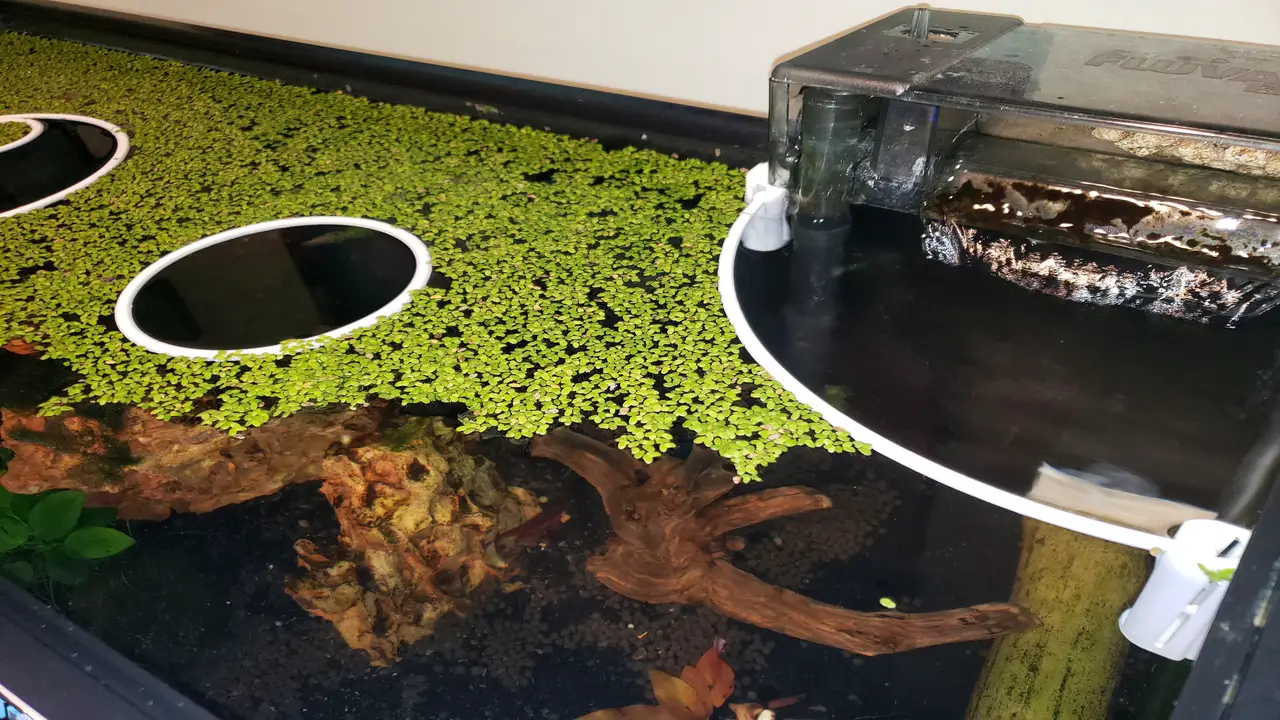
Creating a natural and visually appealing environment in your aquarium is essential for the well-being of your aquatic life. One way to achieve this is by using floating-plant corrals. These corrals serve as a natural filtration system, absorbing excess nutrients and improving water quality while reducing algae growth.
Additionally, they provide hiding places and shelter for fish and other aquatic animals, enhancing their overall habitat. With proper care, these floating-plant corrals can thrive and continuously benefit your aquarium’s ecosystem.
Providing Shade And Shelter For Fish And Other Aquatic Creatures
Floating-plant corrals offer a natural source of shade, reducing stress for fish and other aquatic creatures in your aquarium. These plants also provide shelter, creating hiding places for your aquarium inhabitants.
Additionally, herbivorous fish can benefit from these plants as they are a natural food source. Moreover, floating-plant corrals are crucial in filtering the water in your aquarium by absorbing excess nutrients and waste. Furthermore, they add a unique and natural aesthetic, enhancing the overall appeal of your aquarium.
Reducing Algae Growth And Maintaining Water Quality
One of the benefits of using a floating-plant corral in your aquarium is its ability to reduce algae growth and maintain water quality. These plant corrals provide shade, which helps to limit the amount of light reaching the water and thus inhibits algae growth.
Additionally, floating plants absorb excess nutrients from the water, creating a healthier environment for fish. By incorporating floating-plant corrals, you can minimize the need for chemical additives to maintain water quality while enhancing the aesthetic appeal of your aquarium.
Choosing The Right Plants For Your Floating-Plant Corral
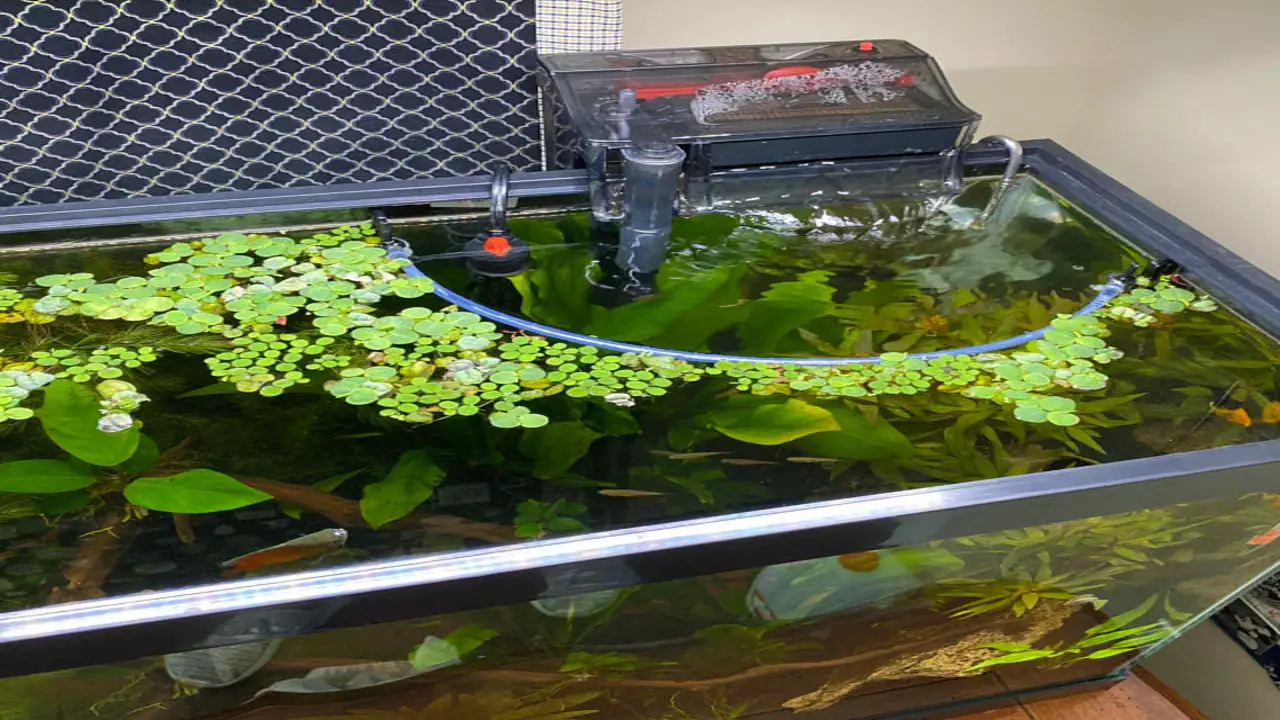
When selecting plants for your floating-plant corral, it’s important to choose ones that can thrive in floating conditions and provide benefits such as oxygenation and nutrient absorption. Popular options include water lettuce, duckweed, and frogbit. Consider the size of your aquarium and the amount of light it receives to ensure the plants are suitable.
Additionally, floating- plant corrals can provide shelter for fish and help reduce algae growth. Regular maintenance, such as pruning and removing excess plants, is essential for keeping the corral healthy.
Floating-Plant Corral Maintenance Tips
Floating-plant corrals are a beautiful addition to any aquarium, but it’s important to maintain them properly to ensure the health and longevity of your plants. Removing dead or decaying plant matter is crucial to prevent water pollution and maintain water quality. Monitoring pH and oxygen levels is also essential to ensure the corral isn’t negatively impacting the aquarium’s ecosystem.
Overcrowding the corral with too many plants can lead to nutrient depletion and algae growth, so it’s important to balance aesthetics and practicality. You can regulate lighting with a timer to avoid excessive light exposure, which can promote algae growth.
Experimenting with different types of floating plants can help you find the perfect combination for your aquarium setup. Some popular options include Amazon frogbit, water lettuce, and duckweed. With proper care and attention, you can enjoy a thriving floating-plant corral that enhances the beauty of your aquarium while improving its overall health.
How To Properly Anchor Your Floating-Plant Corral
If you want to maintain stability and promote plant health in your aquarium, it is crucial to effectively anchor your floating plant corral. You can securely anchor the corral by using suction cups or fishing lines to attach it to the aquarium walls or substrate. Avoid using heavy weights that could cause damage.
It is important to test the anchoring method before fully installing the corral to ensure it stays in place. Doing so can create a natural environment for your plants and promote healthy growth in your aquarium. Also, proper corral maintenance and regular monitoring of water quality parameters like temperature, pH, and nutrient levels are essential for maintaining a healthy aquatic ecosystem.
Troubleshooting Common Issues With Floating-Plant Corrals
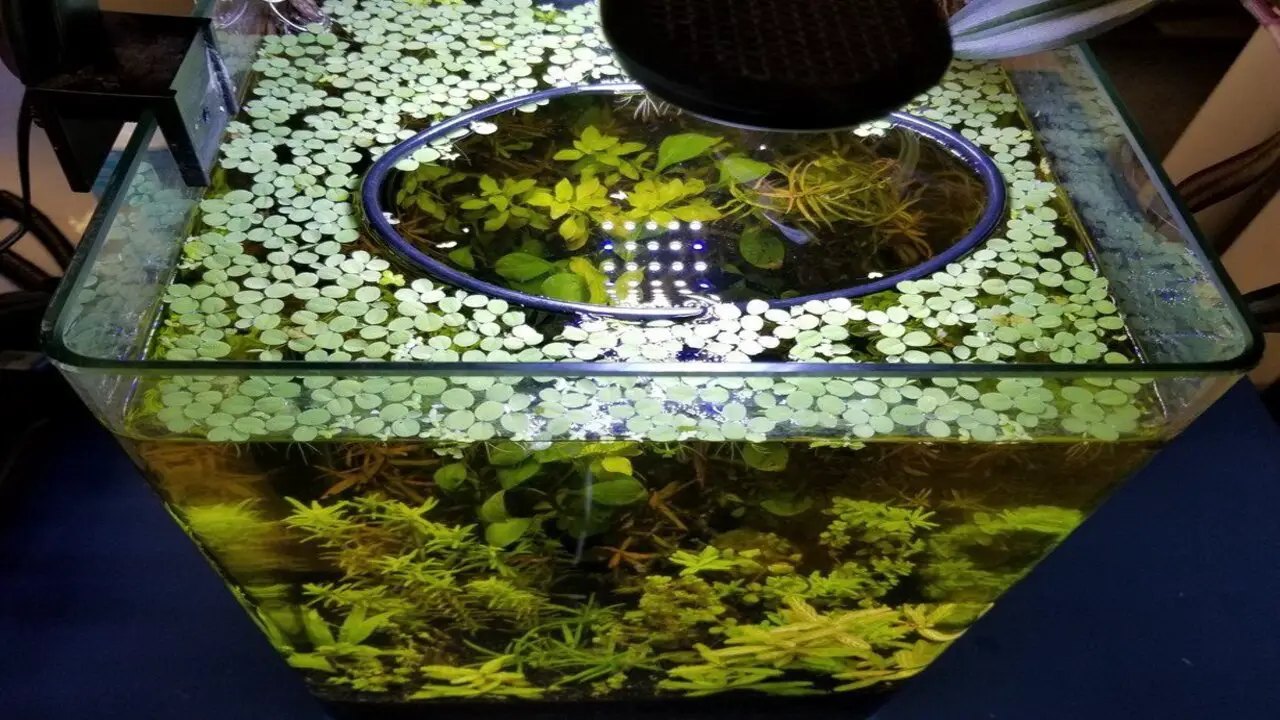
Floating-plant corrals can encounter a few common problems that are easy to avoid with proper care and monitoring. Overcrowding is one such issue, which can be prevented by regularly pruning excess plants and monitoring their growth rates.
Blocking light to other plants is another problem that can arise, but this can be solved by strategically positioning the floating-plant corral in open areas of the aquarium. Tangling with equipment is also a potential issue, but this can be avoided by regularly checking and adjusting the placement of the plants. It is important to maintain the floating-plant corral to create a healthy environment for aquatic life.
Conclusion
Floating plant corals are innovative solutions for managing and containing aquatic plants in water bodies. These innovative structures are designed to create a specific area where floating plants can grow and develop, preventing them from spreading uncontrollably and disrupting the ecosystem’s natural balance.
We have explained what a floating plant coral is and how it works, the benefits of using one in your aquarium, tips for choosing the right plants, maintaining it properly, and how to solve common problems that arise. How you can take your aquarium health to the next level with this innovative framework. We hope you now understand the floating plant corral.
Frequently Asked Questions
Are Floating Plants Good For Tank?
Floating plants can be beneficial for aquariums. They provide shelter and hiding spots for fish and other aquatic creatures, absorb excess nutrients, and improve water quality. Popular options include Amazon frogbit, water lettuce, and duckweed.
Why Are My Floating Aquarium Plants Dying?
Floating aquarium plants may die due to inadequate lighting or nutrient deficiencies. Ensure proper water conditions, including temperature and pH levels. Some plants may require specific care, like trimming or fertilization. Consider adding a nutrient-rich substrate or liquid fertilizer to promote healthy plant growth.
What Is A Floating-Plant Corral?
A floating-plant corral is a containment system for floating plants in your aquarium. It consists of a frame with netting that floats on the water’s surface, creating a boundary for the plants. This helps prevent them from getting sucked into filters or pumps while making maintenance easier.
What Are The Benefits Of Using A Floating-Plant Corral?
Using a floating-plant corral in your aquarium offers several benefits. It creates a haven for aquatic plants, blocks excess light to prevent algae growth, and acts as a natural filtration system, improving water quality. Additionally, it provides shelter and hiding places for fish and other aquatic creatures
How Do I Make My Own Floating-Plant Corral?
To make your floating-plant corral, gather materials like plastic mesh, zip ties, and suction cups. Cut the plastic mesh to your desired size and shape, then secure the corners with zip ties to create a box shape. Finally, attach suction cups to the bottom for buoyancy.

Aquarium passion is all about connecting with the aquatic life and providing education to the public on the importance of these creatures. We showcase a wide variety of marine life through our exhibits as well as working with schools to provide unique learning opportunities for students of all ages.

